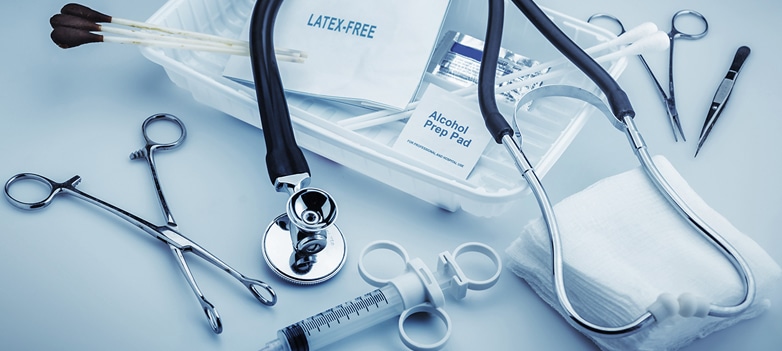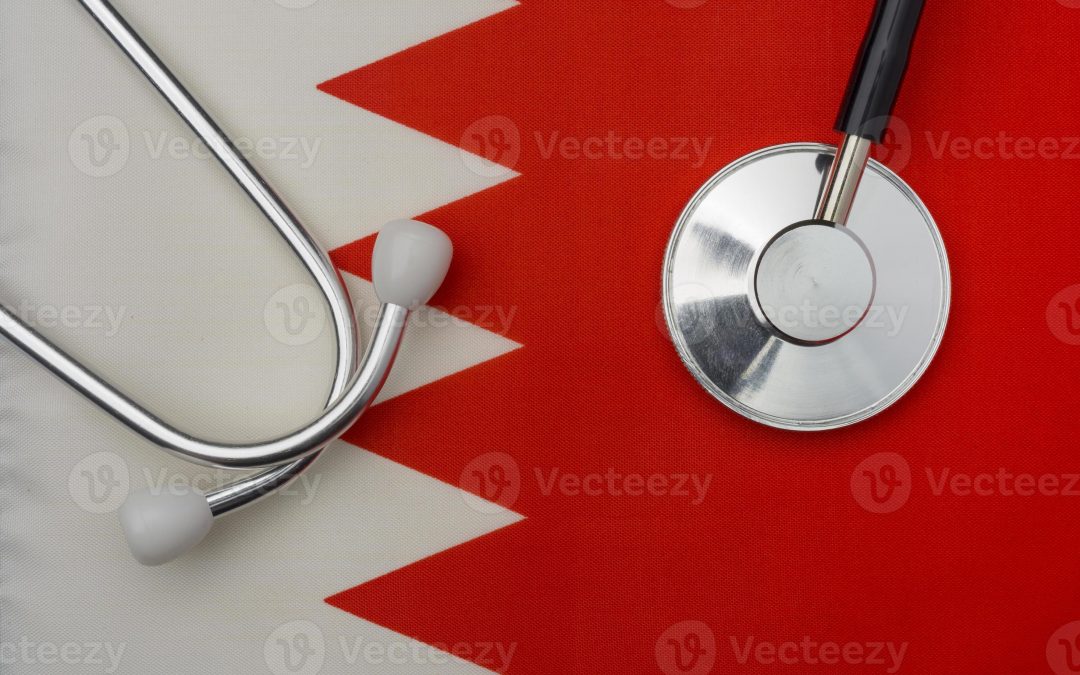The new article describes in detail the general rules related to the importation permits, as well as certain specific aspects, such as violations, product classification, sampling, and fees.

The document constitutes a draft guidance the authority has published in order to collect feedback from industry representatives and other parties involved regarding the regulatory approach suggested. Thus, the provisions described in the present draft guidance could be subject to changes due to new information becoming available to the authority.
The Agency will accept comments within two months from the date the document has been initially published. Once finalized, the document will provide additional recommendations and clarifications on the matter.
Due to their legal nature, guidance documents do not introduce any requirements themselves. The approach described therein should be taken into consideration by the medical device manufacturers or other parties engaged in operations with medical devices in the context of achieving and sustaining compliance with the applicable regulatory requirements set forth by the current legislation. Additionally, the Agency states that an alternative approach could be applied, provided such an approach has been approved by the authority in advance.
Thus, the present FDA guidance provides suggested recommendations for the design of feasibility and early feasibility clinical studies for certain medical devices. These recommendations are mostly based on existing clinical practice guidelines.
The National Health Regulatory Authority (NHRA), Bahrain’s regulating agency responsible for medical devices and other healthcare products, has published a guidance document dedicated to medical device importation approval. The document is intended to provide additional clarifications regarding the applicable regulatory requirements, as well as recommendations to be considered by medical device manufacturers, importers, and other parties involved in operations with medical devices intended to be marketed and used in the country. At the same time, provisions of the guidance are non-binding in their legal nature, so in case of any discrepancies with respective provisions of the applicable regulations, the latter should prevail.
General Rules
First of all, the guidance outlines the general rules to be taken into consideration concerning the importation of medical devices and applying for the appropriate permit. The main rules outlined in the guidance include, inter alia, the following ones:
- In the case of the products intended to be used for a research purpose, the applicant for an importation permit would have to provide a local purchase order (LPO) from the university and a Declaration of conformity to the international quality and safety standards issued by the manufacturer.
- In the case of a quality assurance certificate submitted, the said certificate should be issued by the conformity assessment body recognized in the EU to be admissible. This could be verified via email or through the website. In this respect, the reference to the appropriate CE certificates could be provided.
- The entity applying for importation permission is solely responsible for ensuring that any documents included in the submission are authentic and verified. Failure to do this could result in deactivation.
- In the case the devices are to be imported as samples or for personal use, the number of devices should not exceed three items. In such a case, an invoice should explicitly state that the products supplied are samples.
- The authority reserves the right to grant partial approval to the shipment. In such a case, only the devices that are covered by such approval could be imported.
- The language of the submission should be Arabic or English.
- Should the products in question require cold temperature during transportation, the appropriate temperature log should be provided to the authority for review. In such a case, the authority will grant a conditional pre-approval which provides that the devices subject to review could not be made available to customers until the full approval is granted.
- In the case of the products intended for veterinary use, this should be clearly stated in supporting documentation accompanying the shipment. Furthermore, it should be also confirmed in a document to be issued by the medical device manufacturer.
- The authority additionally emphasizes that the request for an importation permit should be submitted only by an authorized representative, and not by the clearance agent.

Applicable Classification
The guidance also addresses the matters related to product classification. Upon review of the documents submitted, the authority will determine whether the product in question falls within the scope of the definition of a medical device. Consequently, the classification of the product would determine the regulatory framework to be applied, and the regulatory requirements the product should meet. In this respect, the authority refers to a separate guidance document dedicated to the matters related to the classification of healthcare products. The said guidance could be accessed via the authority’s website.
Sampling
In certain cases, an applicant would have to provide samples of the products to be imported. According to the guidance, this rule applies to such products as surgical instruments or contact lenses. It is stated that the samples of such products should be provided to the authority for further assessment once the shipment is delivered to the port. The authority will assess the samples provided to ensure compliance with the applicable regulatory requirements in terms of safety, quality, and effectiveness. Moreover, the authority would also check whether the products supplied correspond to the documentation provided. When submitting samples to the authority, an applicant should also provide the appropriate “Sample Form” accompanied by the necessary documentation. Based on the results of the assessment, the authority would either approve or reject the request – in such a case, the applicant will be notified accordingly (the authority would also inform about the reasons for rejection).
Violations
The guidance also addresses the aspects related to the violations in the sphere of importation of medical devices and applications associated thereto. As it was mentioned before, the applicant is solely responsible for ensuring the validity and authenticity of all the documents submitted when applying for an importation permit. Should the authority identify that the violation of the said requirement took place, the following actions would be performed:
- A written notice letter from NHRA will be sent to the importer;
- An official letter should be provided by the importer within one week of receiving the notice letter justifying the reasons that led to the violation;
- If justification is accepted, the violation will be dropped and AR should sign an obligation.
Should the authority refuse to accept the justification provided by the applicant, the latter shall take the appropriate corrective actions within one month from the date the said notice letter from the authority has been received. Should the same violation occur twice, or should the number of notice letters issued by the authority reach four, the authority will make the appropriate entries in the database.
As further explained by the NHRA, the actions to be considered as violations include, inter alia, the following ones:
- Providing invalid documents;
- Using previously approved invoice to clear new shipment;
- Adding HS code and coo not existing in the invoice;
- Providing misleading information;
- Submission of falsified documents;
- Not complying with NHRA rules and regulations.
Fees
The issuance of an importation permit is subject to the appropriate fee to be paid by the applicant. The guidance provides additional details related to this matter to assist the applicants in following the procedures associated thereto. According to the guidance, the fee payment should be performed by the applicant under the respective payment notice to be issued via the online system used for interactions between the applicant and regulating authority.
Sources:
How Can RegDesk Help?
RegDesk is a next-generation web-based software for medical device and IVD companies. Our cutting-edge platform uses machine learning to provide regulatory intelligence, application preparation, submission, and approvals management globally. Our clients also have access to our network of over 4000 compliance experts worldwide to obtain verification on critical questions. Applications that normally take 6 months to prepare can now be prepared within 6 days using RegDesk Dash(TM). Global expansion has never been this simple.

